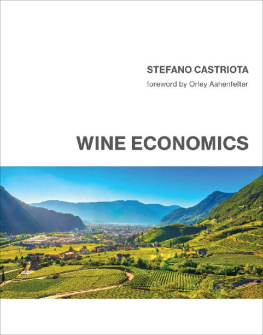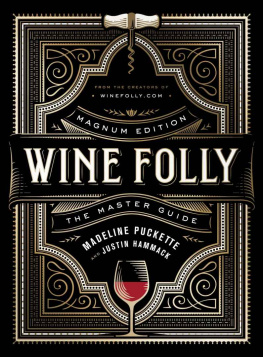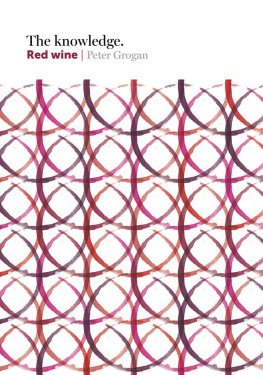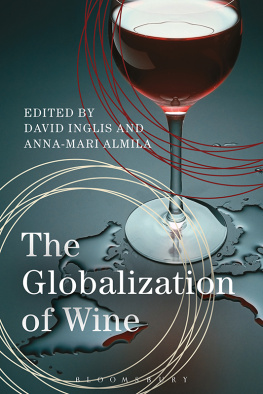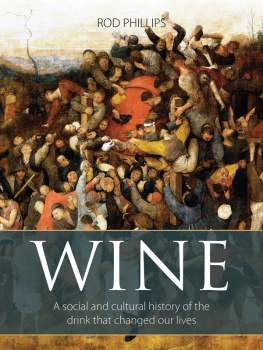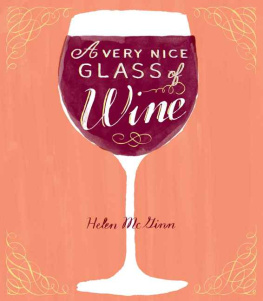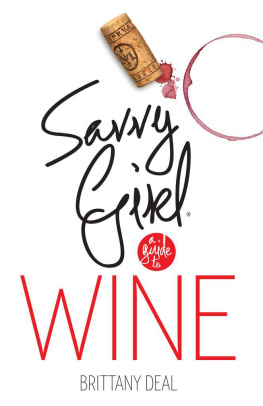Wine Economics
Stefano Castriota
Foreword by Orley Ashenfelter
Translated by Judith Turnbull
The MIT Press
Cambridge, Massachusetts
London, England
2020 Massachusetts Institute of Technology
This work is subject to a Creative Commons CC-BY-NC-ND license. Subject to such license, all rights are reserved.

The open access edition of this book was made possible by generous funding from Arcadiaa charitable fund of Lisbet Rausing and Peter Baldwin.

The translation of this work has been funded in part by these organizations:
SEPSSegretariato Europeo per le Pubblicazioni Scientifiche

Via Val dAposa 740123 BolognaItaly,
Consorzio di Tutela Barolo Barbaresco Alba Langhe e Dogliani

www.langhevini.it
This book was originally published as Economia del Vino in 2015 by Egea S.P.A.
Library of Congress Cataloging-in-Publication Data
Title: Wine economics / Stefano Castriota ; foreword by Orley Ashenfelter; translated by Judith Turnbull.
Other titles: Economia del vino. English
Description: Cambridge, Massachusetts : MIT Press, [2020] | Includes bibliographical references and index.
Identifiers: LCCN 2020003044 | ISBN 9780262044677 (hardcover)
Subjects: LCSH: Wine industry. | Wine and wine-makingEconomic aspects.
Classification: LCC HD9370.5 .C37513 2020 | DDC 338.4/76632dc23
LC record available at https://lccn.loc.gov/2020003044
d_r0
Contents
- List of Figures
- World wine production (million tonnes).
- Italian wine production (million hectoliters).
- Table grapes as share of total grapes produced in Italy (%).
- Share of world production (% of total quantities), 1961.
- Share of world production (% of total quantities), 2014.
- Wine production as % share of total hectoliters, by continent.
- World wine consumption (million hectoliters).
- Annual total per capita alcohol consumption, Western Europe (liters).
- Annual total per capita alcohol consumption, New World (liters).
- Annual total per capita alcohol consumption, Europe and New World (liters).
- Annual total per capita wine consumption in liters of pure alcohol, 2014.
- Share of annual per capita pure alcohol attributable to wine (%), Western Europe.
- Share of annual per capita pure alcohol attributable to wine (%), New World.
- Share of annual per capita pure alcohol attributable to wine (%), northern and southern Europe.
- Standard deviation of the annual per capita share of pure alcohol attributable to wine, Western European and New/Old World countries.
- Per capita consumption of alcohol by type of beverage in the United States (gallons).
- Share of per capita consumption of alcohol by type of beverage in the United States (%).
- World wine exports, billion $ constant 2017 terms (left axis) and million tonnes (right axis).
- Share of world wine exported (as % of total quantities).
- Share of world export of wine (as % of total quantities), 1961.
- Share of world export of wine (as % of total quantities), 2016.
- Share of world export of wine (as % of total values), 1961.
- Share of world export of wine (as % of total values), 2016.
- Average export price of wine (US$ per kilogram), 2016.
- Average export price of wine (current US$ per kilogram), New versus Old World.
- Share of the world surface area cultivated with the top 30 red vines.
- Share of the world surface area cultivated with the top 30 white vines.
- Porters five forces model.
- Distribution of ROIC of Italian wineries, 2015.
- Cumulative distribution of ROIC of Italian wineries, 2015.
- Type of market structure.
- Short-term costs and revenues in perfect competition.
- Long-term supply curve in perfect competition.
- Long-term costs and revenues in perfect competition.
- Short-term costs and revenues in monopoly.
- Consumer and producer surplus in perfect competition.
- Consumer and producer surplus in monopoly.
- Long-term demand and marginal revenues in monopolistic competition.
- Long-term costs and revenues in monopolistic competition.
- Costs and revenues in monopsony.
- Type of company and level of vertical integration.
- Structure of the wine cluster.
- The indifference curve.
- Portfolio risk and number of assets.
- Portfolio expected return and standard deviation.
- Identification of the optimal portfolio.
- SML and an asset with positive .
- Structure of the sample of firms used in the study of firm reputation.
- Average collective reputation by number of producers.
- The pyramid of institutional reputation in the old (a) and new (b) wine classification systems.
- Supply curve with negative externalities.
- Percent share of disability-adjusted life years attributable to alcohol in the world, 2012.
- Percentage of deaths attributable to alcohol abuse around the world, 2016.
- List of Boxes
- A simple model of constrained utility maximization applied to the consumption of alcoholic beverages.
- Methodological issues in empirical studies on wine quality.
- Methodological issues in empirical studies on wine price.
- Brief history of Italian cooperatives.
- The ICA definition, values, and principles of cooperatives.
- Why is the cooperative movement so important in Italy?
- Annex 1C: Trade-Related Aspects of Intellectual Property Rights, Marrakesh Agreement establishing the World Trade Organization, signed in Marrakesh, Morocco on 15 April 1994.
- List of Tables
- Consumption of pure alcohol by type of beverage (%), year 2010.
- Favorite beverage, 2010.
- Export of Italian wine according to mode of transportation (%).
- Share (%) of EU-27 wine exported by air.
- Cost of sea transport as % of value of wine (ad valorem).
- Main innovations in the wine sector.
- Total world wine production and consumption (1,000 hectoliters).
- Comparative analysis of the characteristics of the Old and New World.
- Number of native vines by country.
- Varietal similarity index.
- Determinants of wine price.
- Quality determinants of wine, Veronelli Guide 20042009.
- Price determinants of wine, Veronelli Guide 20042009.
- Porters five forces in the wine sector.
- Owner/founder motivation and company objectives.
- Legal form of companies and corporate objectives.
- Number of cooperative members in the world, 2013.
- Population density of main wine-producing countries.
- The top 25 wineries in Italy by turnover.
- Main results on investments in bottles of wine.
- Individual, collective, and institutional reputation.
- Old wine classification systems in Europe in descending order of quality.
- Appellations in the Old and New World, 2013.
- Harm from alcohol abuse (years of life corrected for disability every 100,000 inhabitants), 2004.

